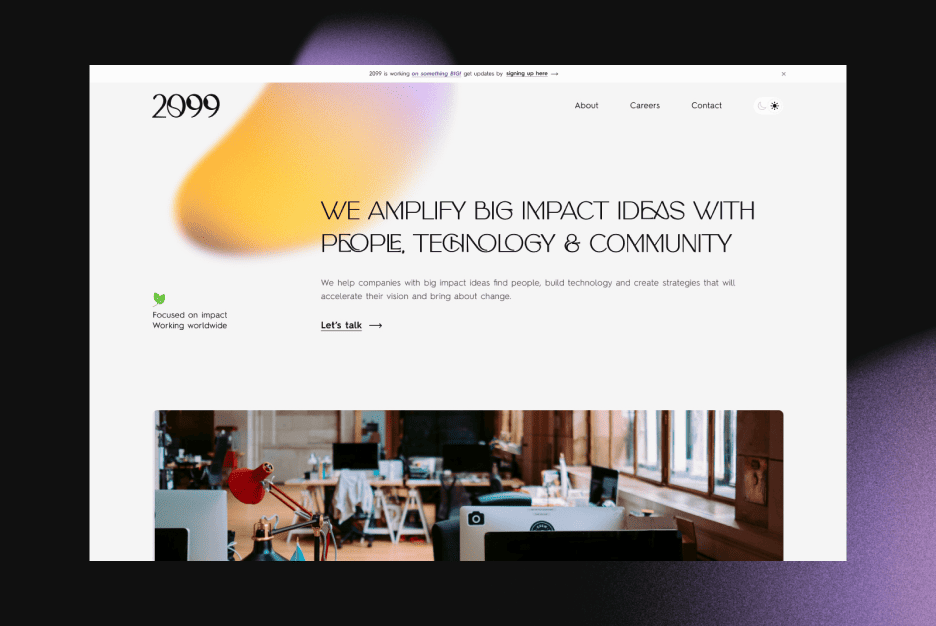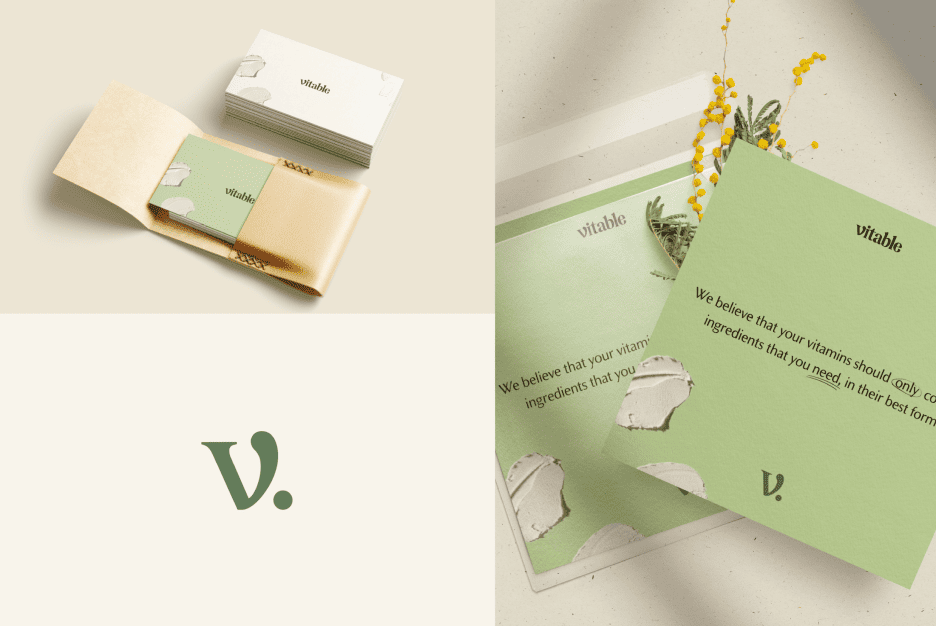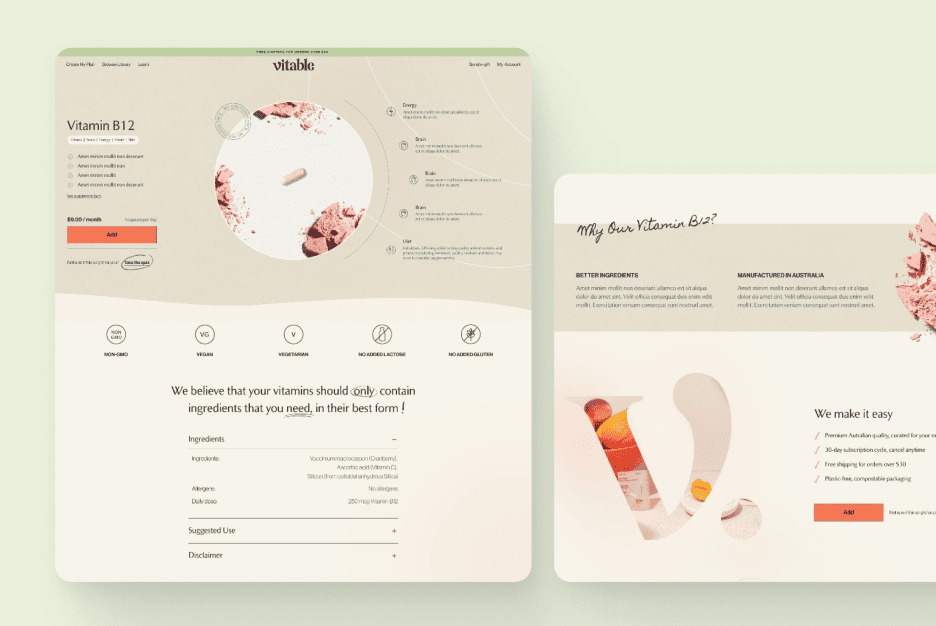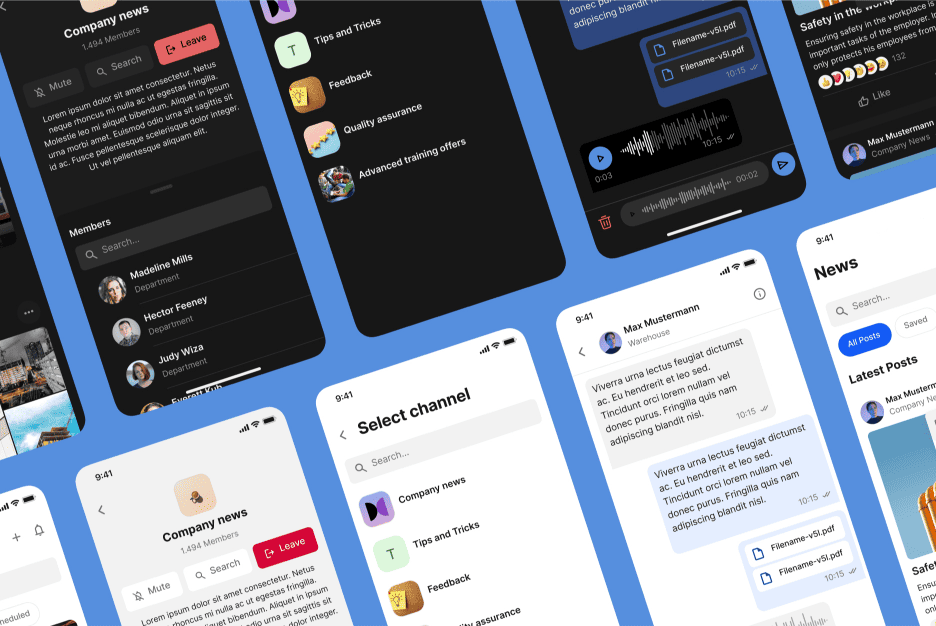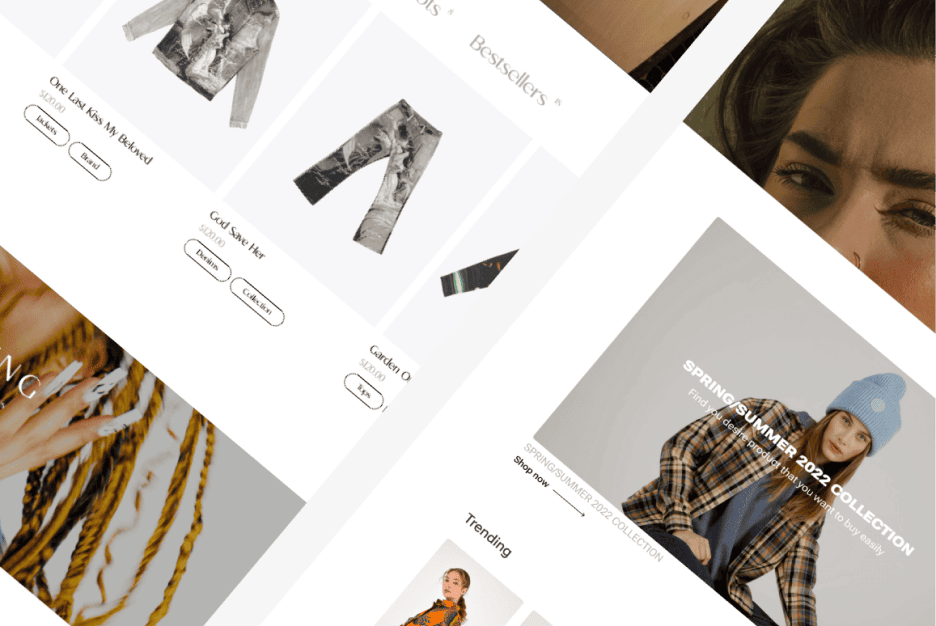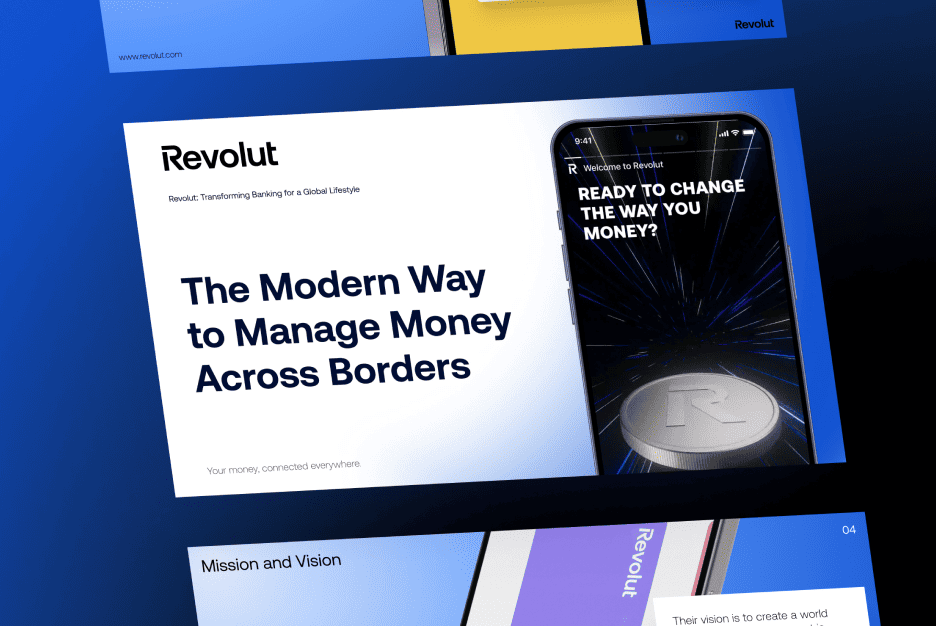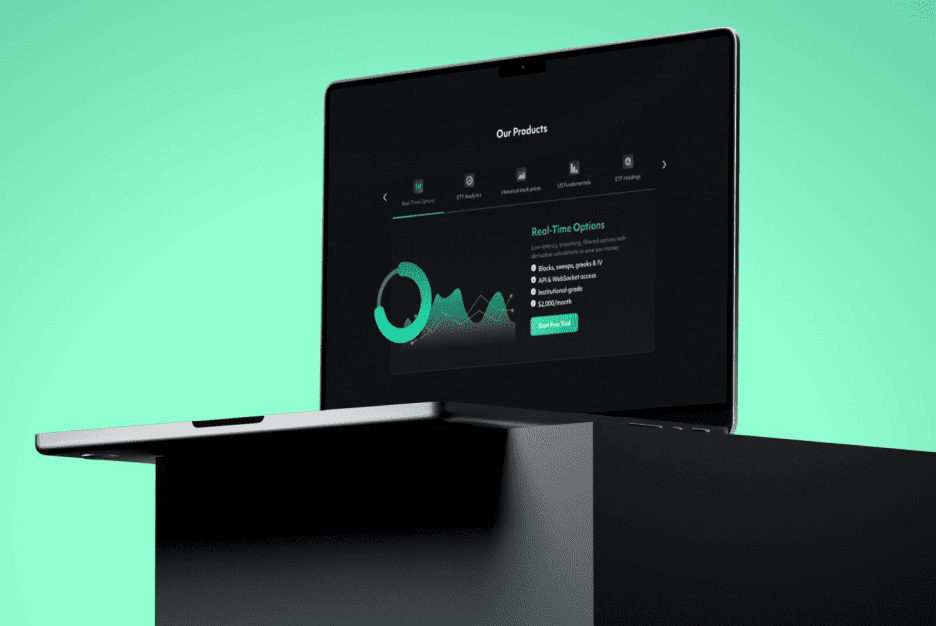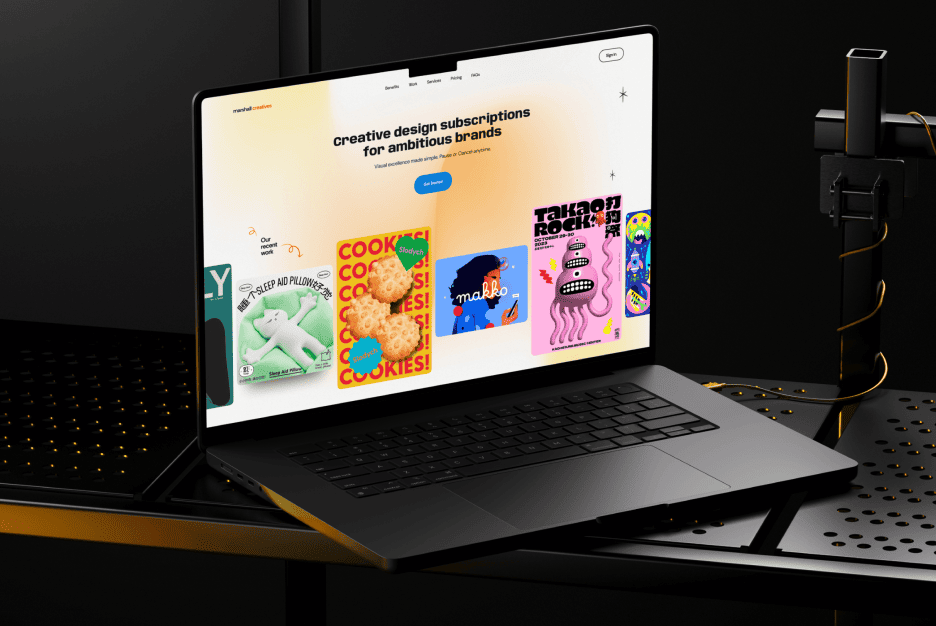Introduction: The Cost of Believing in Myths
Web design is an ever-evolving field, yet many outdated beliefs continue to shape how businesses approach their websites. Whether it’s the assumption that “a beautiful website is enough” or “the more features, the better,” these myths can lead to bad design decisions that harm user experience, conversions, and ultimately, your bottom line.
In this article, we’ll debunk some of the most persistent web design myths that might be holding your business back—and show you what really matters when designing a website that works.
Myth #1: A Beautiful Website Is All That Matters
Many businesses believe that as long as their website looks good, it will perform well. While aesthetics play an important role in branding and first impressions, a visually appealing website that lacks usability, functionality, or a clear strategy will fail to achieve its goals.
The Reality
Good design is about solving problems, not just making things look attractive. A beautiful website that confuses users, loads slowly, or fails to guide them toward action is ultimately ineffective. True web design success comes from balancing aesthetics with usability, accessibility, and performance.
Why This Myth Persists
Many non-designers associate good design with visual appeal alone because it’s the most immediate and noticeable aspect. However, a website’s effectiveness is measured by how well it engages users and drives them toward a goal—not just by how nice it looks.
What Actually Works?
- Prioritizing usability: Ensure the layout, navigation, and content structure guide users smoothly.
- Optimizing for performance: Speed and mobile responsiveness impact user experience more than aesthetics.
- Data-driven design: A/B testing and user behavior analysis should inform design choices, not just trends.
📌 Related Reading: Designing Trust: How to Make Users Love and Trust Your Online Store
📌 External Source: Google’s UX Playbook for Landing Pages explains the importance of usability over visuals. Read here
Myth #2: The More Features, The Better
Many businesses think that adding more features—animations, widgets, pop-ups, and interactive elements—will make their website feel more advanced and engaging. But in reality, more features often lead to clutter, confusion, and performance issues.
The Reality
More doesn’t always mean better. Overloading a website with unnecessary features can lead to slower load times, higher bounce rates, and distracted users who struggle to find the information they need.
Why This Myth Persists
Many companies want their website to “stand out” and fear that a simpler design will seem too basic. However, adding too many elements without clear purpose can overwhelm users and negatively affect user experience.
What Actually Works?
- Minimalism with intent: Each feature should serve a clear function that enhances usability.
- Page speed optimization: Remove unnecessary scripts and plugins that slow the site down.
- Focus on conversions: Prioritize features that lead users toward actions (sign-ups, purchases, etc.).
📌 Related Reading: Why Every Design Launch Needs a Detailed UX Plan
📌 External Source: Read about performance best practices on Google’s Core Web Vitals guide.
Myth #3: Users Read Everything on Your Website
Many businesses believe that users carefully read every word on their website. As a result, they overload pages with long paragraphs, unnecessary details, and jargon-heavy content.
The Reality
Users don’t read—they scan. Studies show that the average visitor only reads about 20-28% of the words on a page. People look for key information, headings, and CTAs, ignoring large blocks of text.
Why This Myth Persists
Businesses want to showcase their expertise, and long-form content often feels more professional. However, without a strategic layout, even valuable information gets lost.
What Actually Works?
- Prioritizing scannability: Use headings, bullet points, and concise text blocks to highlight key takeaways.
- Focusing on action-oriented content: Guide users toward taking action instead of overloading them with details.
- Testing readability: Use heatmaps and user feedback to optimize content structure.
📌 Related Reading: 5 Secrets to Maximize Value When Launching a Design Project
📌 External Source: Read Nielsen Norman Group’s study on how users scan web pages.
Myth #4: Your Homepage Needs to Have Everything
Some companies try to fit all their services, company history, and every possible link on their homepage, believing it will provide a “one-stop-shop” experience.
The Reality
Overloading your homepage leads to information overload and decision fatigue. Instead of guiding users, it confuses them and makes navigation frustrating.
Why This Myth Persists
Businesses often feel their homepage is the “face” of their brand, so they try to showcase everything at once. However, effective web design focuses on directing visitors toward key actions.
What Actually Works?
- Clear content hierarchy: Highlight primary actions and essential information.
- Simple, intuitive navigation: Guide users naturally to deeper pages with well-structured menus.
- Testing user behavior: Use analytics to determine which sections are essential and which can be removed.
📌 Related Reading: Boosting UX with Good Dashboard Widgets
📌 External Source: Read about website hierarchy strategies on UX Design.
Conclusion: Stop Letting Myths Hold You Back
Outdated beliefs about web design can lead to costly mistakes, poor user experiences, and missed opportunities. Instead of falling for common myths, focus on strategies backed by data and user behavior.
At Almax Agency, we build websites that combine aesthetics, usability, and performance to drive real business results. Need a web design strategy that works? Let’s Talk.
📌 Check Out Our Portfolio on Behance: Almax Design Work
